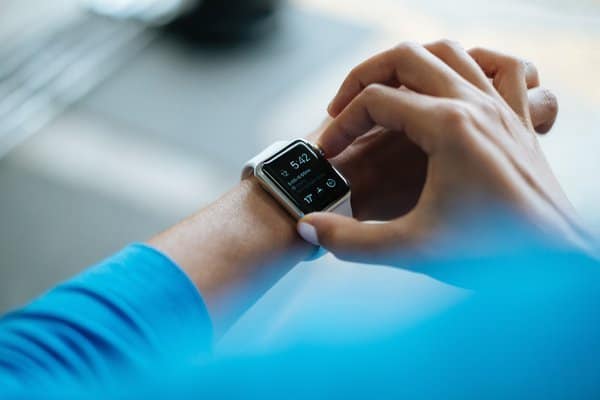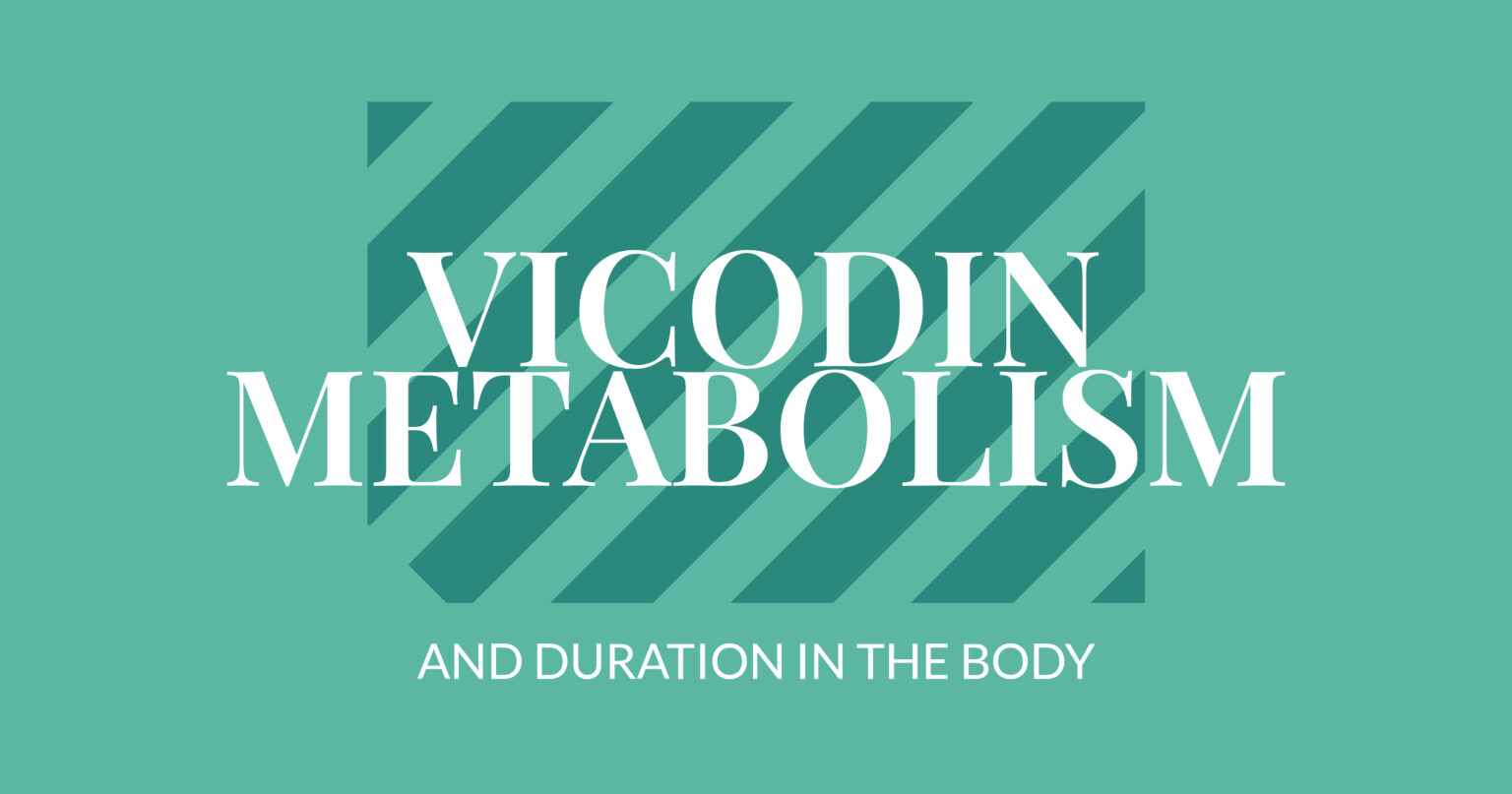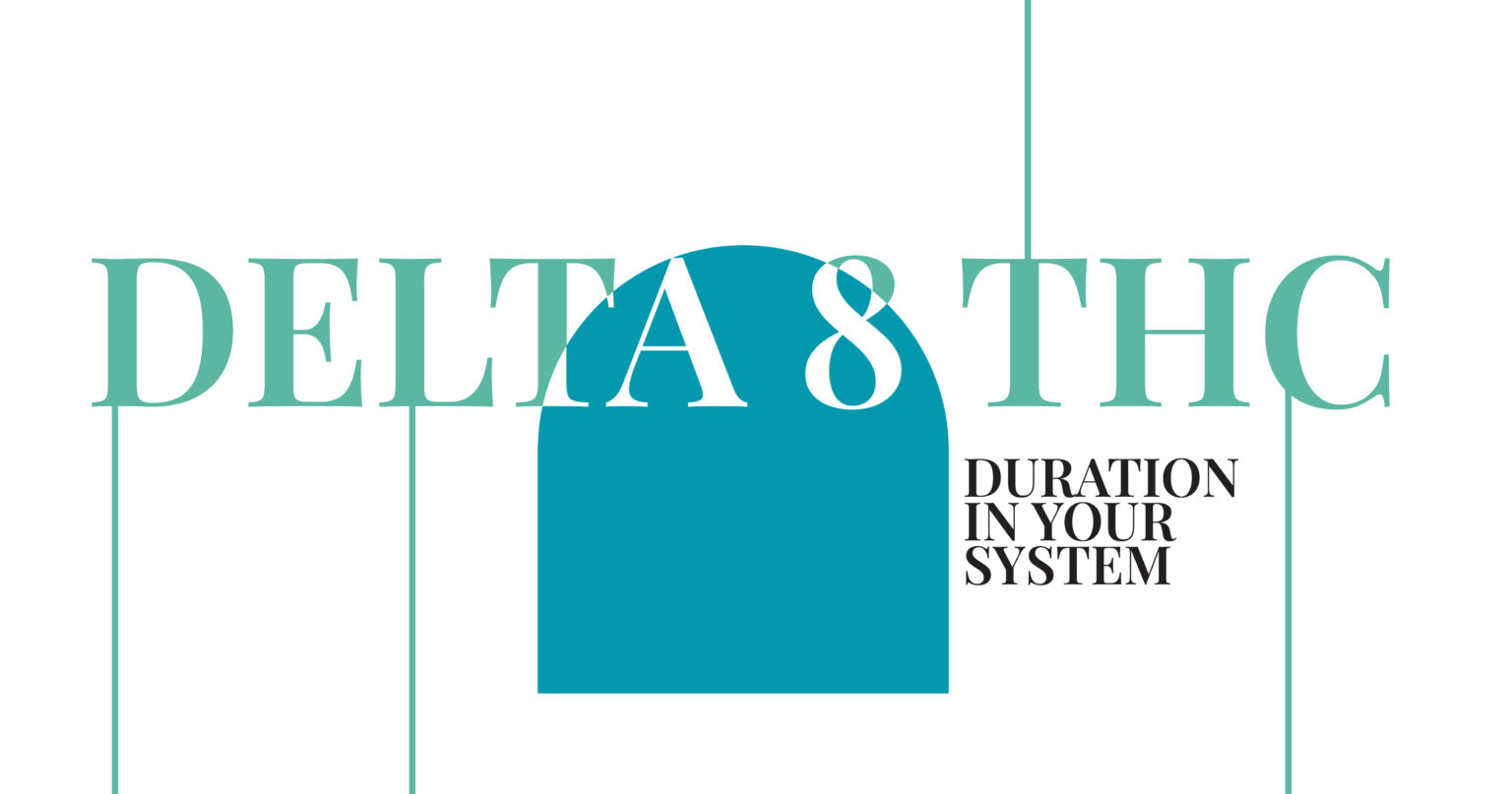Many adults old enough to have teens in the household will recall the D.A.R.E. (Drug Abuse Resistance Education) campaign of the ‘80s, initially launched through a partnership between the LAPD and LAUSD. Incredibly, the program has been around for 35 years at this point, although many people don’t even know it’s still around. Because of this, the program proved to be so ineffective and teen drug use is increasing.
The program aimed to educate teens about the dangers of drug use and compel them to sign a pledge agreeing not to use drugs or join gangs. Even as late as 2002, the program enjoyed an estimated budget of around $10 million, but following reporting on the effectiveness of the program (or lack thereof), funding had dropped to $3.7 million by 2010.
Despite attempts to overhaul the program using current research to create a relevant curriculum, the program has continued to flag, at least in the U.S. Unfortunately, the original intent of D.A.R.E. was crime prevention, not necessarily treating addiction, and this has likely been to the detriment of the program.
The truth is that teen drug use has changed significantly over the last several decades, as have approaches to prevention and treatment. Today, many communities are working to provide relevant information in schools, along with resources for treatment such as rapid detox centers in California to New York and all across the United States.
The National Survey on Drug Use and Health (NSDUH) reported in 2014 that approximately 5% of the adolescent population in the U.S. (or roughly 1 in 12 teens) suffered from a substance abuse disorder. However, teen drug use seems to be on the decline in recent years. What’s changed? How have historical trends in youth drug use given way to new trends? Here’s what concerned parents should know.
Monitoring the Future Report
In 1975, the Monitoring the Future (MTF) report was launched to gauge the ways in which American youth approached drug and alcohol use, both in thought and in practice. What this study has revealed overtime is an insight into changing trends among teens concerning teen drug use and alcohol abuse.
The 2015 study, released 40 years after the original MTF report, revealed that the use of different drugs has either remained stable or decreased in recent years, rather than increasing as it has in decades past. The report surveyed approximately 45,000 students in grades 8, 10, and 12 to gain a sampling of responses across the adolescent (12-17) age group.
The implication is that increased efforts in the fields of education, prevention, and intervention are having the desired effect, and this is especially notable where underage drinking is concerned. Also on the downturn is opioid usage that has plagued the country over the past couple of decades.

This is encouraging for proponents of comprehensive programs aimed at education, prevention, and treatment for youth. As of the 2015 MTF report, drug use among adolescents had decreased to an estimated 4.2%, down from the previous year’s NSDUH numbers (5%, as noted above), and nearly half of the 8% cited in the 2012 MTF report.
Trending Teen Drugs Use:
Teen drug use has changed significantly over the past several decades, with youth trends either following overall trends or in some cases, setting them. The 1950s predominantly saw the use and abuse of tranquilizers and alcohol among adults and youth alike. The ‘60s and ‘70s brought with them an increase in the use of illicit drugs like marijuana, LSD, and speed, especially among rebellious youth, while designer drugs like cocaine and later, crack cocaine, dominated the ‘80s.
The ‘90s saw a spike in the usage of feel-good club drugs like ecstasy, as well as hard, highly addictive drugs like meth and heroin. The new millennium brought further changes, including a widespread increase in marijuana DUI usage as the drug began to be legalized, along with a growing opioids crisis related to notable spikes in youth not only receiving prescriptions for legal drugs but sharing them with their friends.
Public awareness of substance abuse and facilities like rapid detox centers California
The D.A.R.E. program was serving to raise public awareness about the increasing amounts of teen drug use and abuse. Although it would take decades for public and private institutions and individuals to accomplish significant action, we have by now reached the point where options like facilities offering targeted treatment options for detox in Newport Beach, and all over the U.S., have become relatively accessible.
Increase opportunities for detox in Newport Beach and other areas
Although teen drug use and alcohol misuse are on the decline overall. There are still troubling trends to watch out like the increased use of e-cigarettes are using as traditional tobacco products. With a continuing focus on research, communication, education, and funding for anti-drug and rehabilitation programs. Parents and professionals can track trends and see an increasingly positive change where teen drug use is concerned.
If you or a loved one needs help, call us at 949-625-4019.




